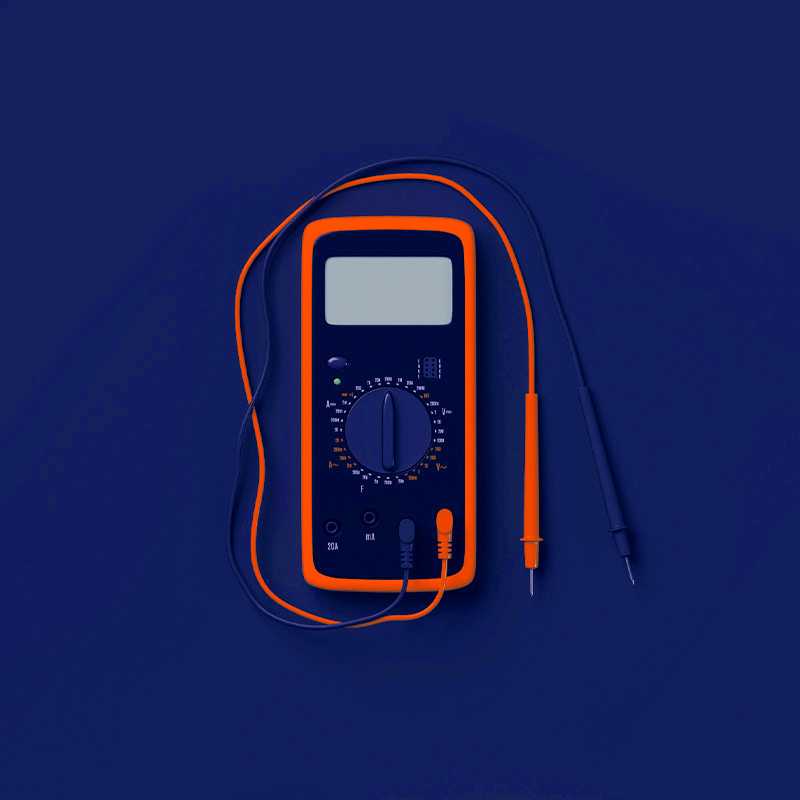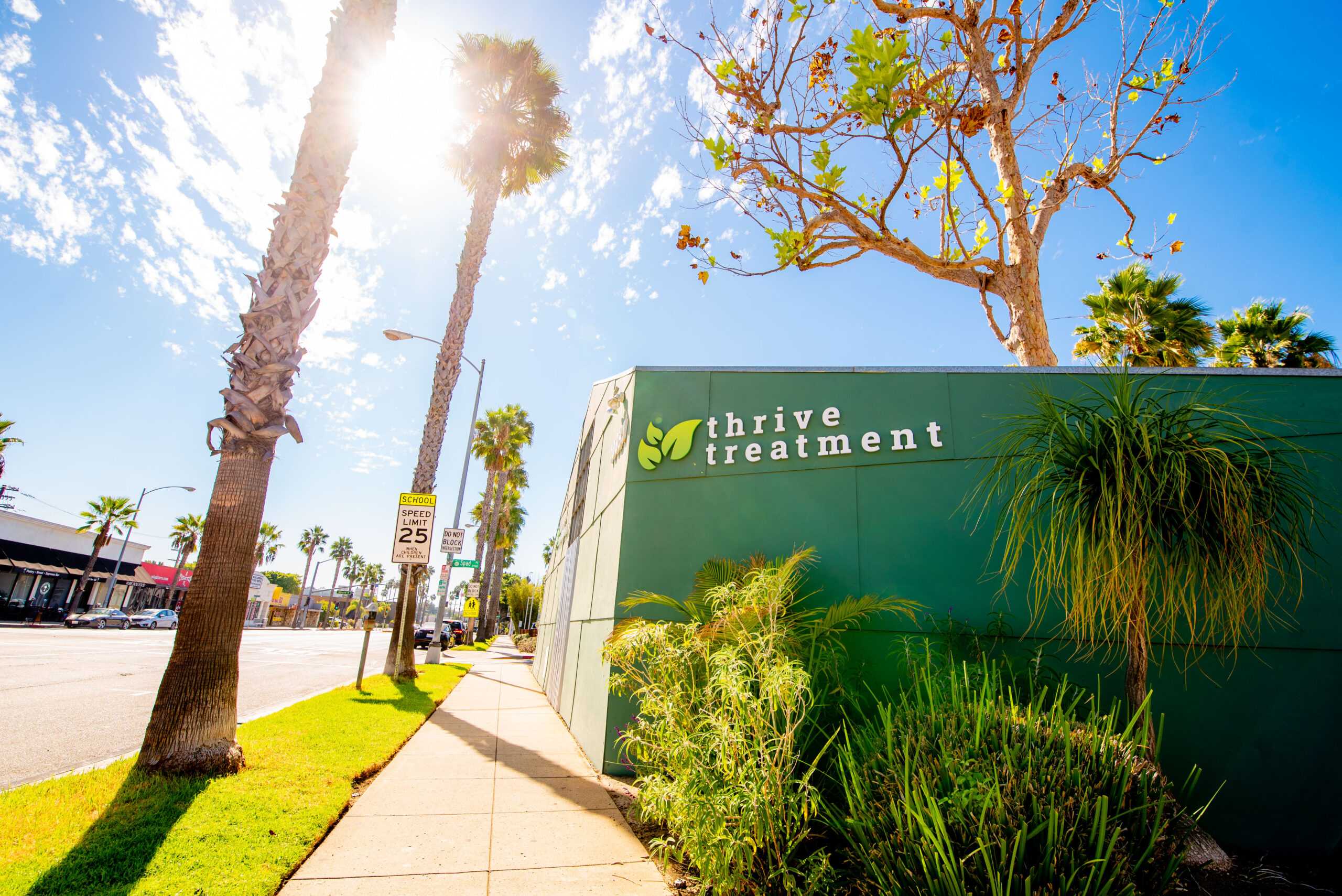When diagnosed with a health condition, your doctor will likely prescribe a medication to help cope with or overcome the symptoms. Prescription drug use plays an enormous role in the recovery process and is often the difference between living a quality life and inadequate life.
Prescription drugs can do a lot of good for a patient, and while millions of people use them properly on a daily basis, this isn’t true for everyone. Some people fail to follow the directions, and some even abuse them, which often results in severe outcomes or death.
Most people abuse prescription drugs by either taking too large of a dose at one time, taking a normal dose too often, or taking a prescription drug for non-medical reasons. Any of these behaviors is a sign of addiction.
What Prescription Drugs Are Commonly Abused?
There are more than 20,000 prescription drugs that are approved by the FDA for marketing. While not all of them are abused by patients, certain ones are more commonly abused than others and often require strict supervision when prescribed to a patient.
Let’s take a look at some of the most commonly abused prescription drugs in the world today:
- Depressants – the three most common categories of depressants are Barbiturates, Benzodiazepines, and sleep medications. They generally give you a euphoric feeling, calming feeling by slowing down the body’s systems. When use stops, the body struggles to continue to function at a higher speed than it has become used to.
- Opioids & Morphine Derivatives – the most common types of opioids and morphine derivatives include codeine, morphine, methadone, fentanyl, and oxycodone. These drugs also slow the body’s nervous system, but opioids directly engage with the brain’s opioid receptors, which control pain, unlike depressants.
- Stimulants – the two most common categories of prescription stimulants include Amphetamines (for example, Adderall) and Methylphenidate (for example, Ritalin). Stimulants are known for speeding up the body’s system, causing increased energy.
According to the NIDA, over 16 million Americans above the age of 12 misused a prescription psychotherapeutic drug in the past 12 months. More than 16,000 Americans died from opioid overdose in 2020, over 12,000 from benzodiazepines, and over 5,000 from antidepressants.
Why is Prescription Drug Abuse So Common?
Prescription drug abuse is common for a variety of reasons, but one of the most prominent is how accessible they are in today’s society. Whether you’ve been prescribed the medication yourself or a family member has the prescription, many may have access within the home.
In fact, a majority of prescription drug addicts were, at one time, using the drug legally and properly. Over time, they might grow a dependence, tolerance, or both to the drug. This often results in taking higher-than-normal doses or taking doses more frequently than needed.
People often abuse prescription drugs to enjoy the ‘high’ they get, relax, reduce appetite, increase alertness, experiment with the mental impact, maintain an addiction, prevent withdrawal symptoms, peer pressure, or improve performance at work or school.
What are the Signs of Prescription Drug Use?
The signs and symptoms of prescription drug abuse generally depend on the type of drug being abused. For example, abusing depressants can result in drowsiness, confusion, slurred speech, difficulty concentrating, poor memory, dizziness, slowed breathing, and difficulty walking.
Signs of opioid abuse include constipation, nausea, euphoria, slowed breathing, confusion, drowsiness, poor coordination, and increased tolerance. Signs of stimulant abuse are insomnia, irregular heartbeat, high blood pressure, high body temperature, agitation, and reduced appetite.
Some other more neutral symptoms include stealing to get your ‘fix,’ taking higher doses than needed, frequent mood swings, poor sleeping habits, poor decision-making, requesting refills earlier than expected, lying about losing prescriptions to get more, and taking doses too often.
How to Find Rehab for Prescription Drug Addiction
If you or someone you know is struggling with prescription drug addiction or abuse, don’t hesitate to reach out for professional help. Quality Southern California outpatient rehabs and treatment centers are ready and willing to help you overcome the addiction – all you need to do is reach out.
At Thrive Treatment, we use an evidence-based, trusted treatment program in Santa Monica to ensure our patients have the resources and support they so desperately need. We utilize relational and behavioral therapy, along with holistic, medical and psychiatric interventions when treating drug abusers.
Don’t hesitate to contact us today to learn more about our services, visit our facility, or inquire about checking someone into our rehab center. Together, we can help you regain control of your life and put you in a position to live a quality, happy, healthy, and rewarding life in the future.





